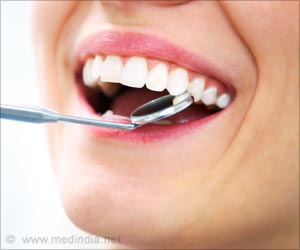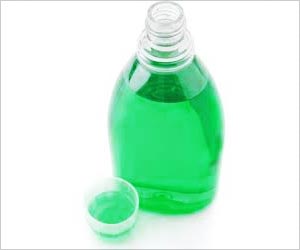A new study has revealed that the least attractive braces are the most effective ones.
Dental appliances with no visible metal were considered the most attractive, and ceramic brackets with clear or white wires were considered more attractive than ceramic brackets with metal wiresHowever, it’s the unattractive braces that remain the best.
"The paradox is that the more aesthetic these dental appliances are, the more difficult they are to manage for the orthodontist," said senior study author Henry Fields, professor and division chair of orthodontics at Ohio State University.
"But those are what people like the most," he added.
"The general trends of appliance attractiveness are universal."
"The stainless steel that we like to use, which is the most durable and efficient, is often ranked the lowest in attractiveness. These braces don’t wear out and you can get total control with them," he added.
Advertisement
The images did not show the patients’ faces, so the attractiveness of the person wearing the appliances was not a factor.
Advertisement
The researchers found that the stainless steel appliances were considered the least attractive, with average ratings hovering between about 25 and 40 on the 100-point scale.
Clear tooth trays and teeth with no visible appliances ranked as the most attractive, with the average of most scores exceeding 90.
"The most aesthetic ones, the trays, have limitations on the types of movements you can make and forces you can deliver, and the efficiency. And the ceramics sometimes have breakage problems, and they tend to just be a little bit more delicate," Fields said.
Standard braces consist of metal or ceramic brackets that are cemented to each tooth. A metal wire is laced through each bracket to exert force on the teeth to correct their placement.
Braces are used to tip teeth in one direction or another, to rotate one or several teeth, or to shift the location of a tooth forward, backward, sideways, up or down in the mouth. Each kind of correction requires specific manipulation of the wires in the brackets, and some require specially shaped wires to perform the task.
The clear tray appliances reposition multiple teeth in tiny increments of about a quarter of a millimeter every two weeks, he said. Patients receive an assortment of trays that they change every two weeks. They wear the trays all day and night, removing them to eat and brush their teeth.
The study findings were published in a recent issue of the American Journal of Orthodontics and Dentofacial Orthopedics.
Source-ANI
RAS/L









